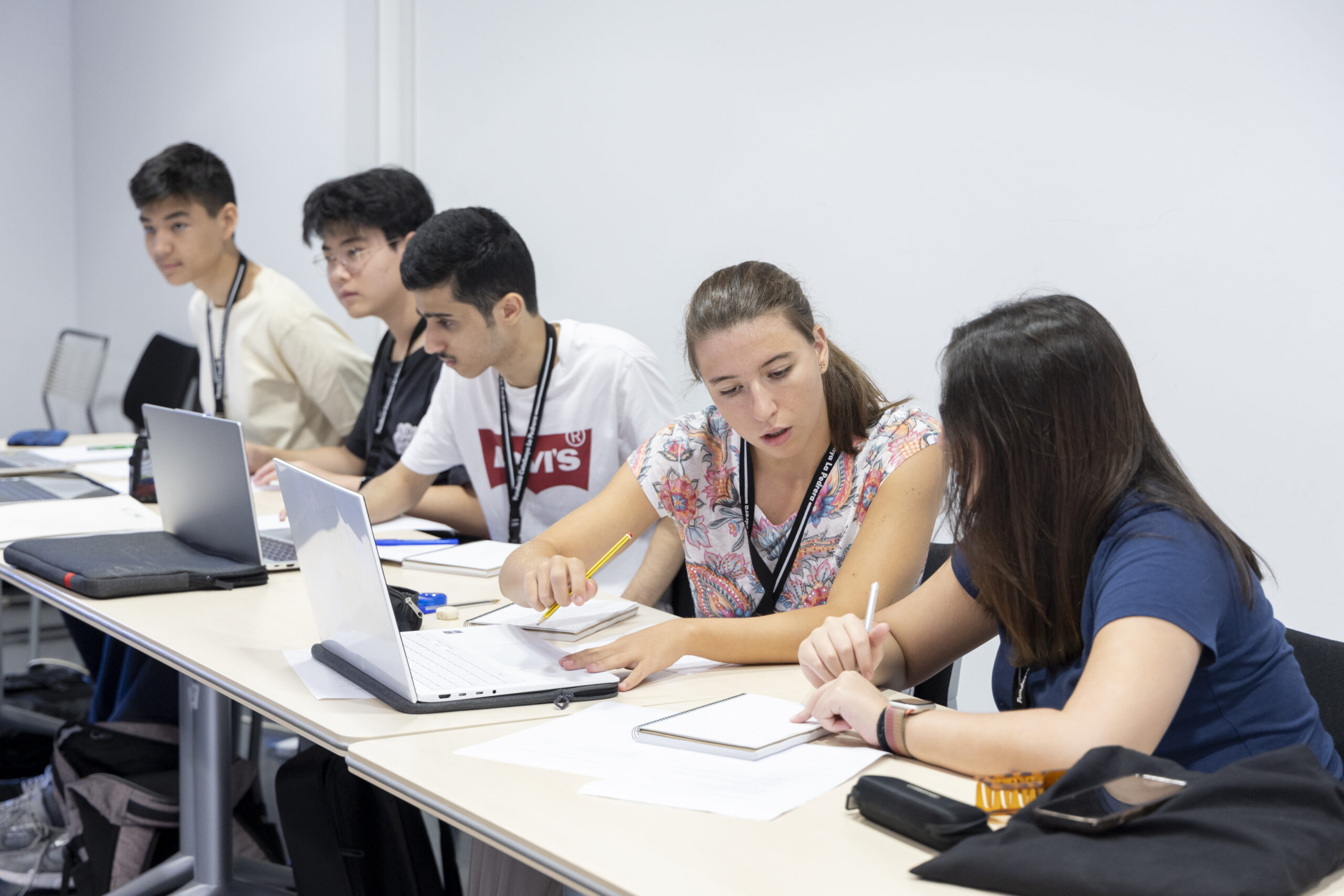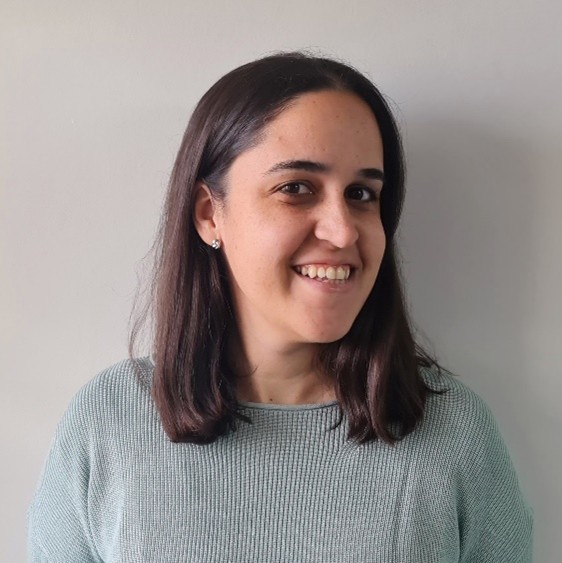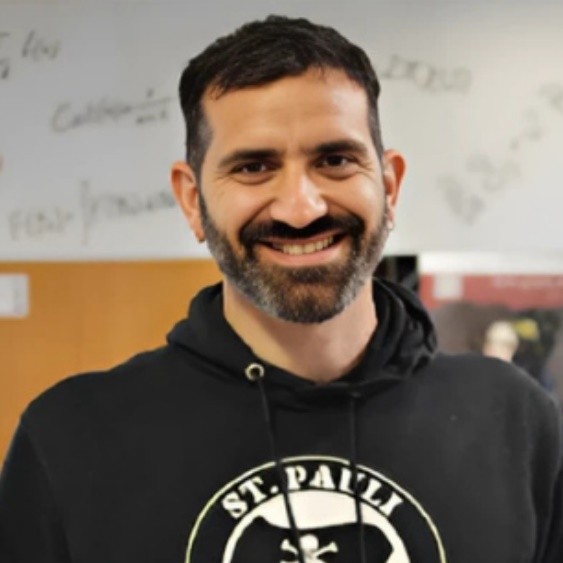At the Centre de Recerca Matemàtica (CRM), we see mathematics as the language that explains how the world moves, connects, and changes. From the flow of air and water to the evolution of networks and the shape of abstract spaces, mathematics gives form to phenomena that are otherwise invisible. Research here is about uncovering patterns in chaos and discovering how equations on paper translate into understanding the complexity that defines our planet.
This project invites you to step into that process. You will explore mathematics across two complementary paths: one delving into theoretical frameworks such as geometry, dynamical systems, and combinatorics; the other focused on applied modeling in areas like climate dynamics, environmental processes, and algorithmic structures. Whether you’re fascinated by the elegance of pure mathematics or by its capacity to describe the natural and digital worlds, you will find a place to investigate, compute, and create.
By joining this project, you will meet the real research that blends abstraction with application. The team includes experts working on geophysical fluid dynamics and transport in the oceans and atmosphere; on holomorphic and hyperbolic dynamics, where geometry meets motion; and on combinatorial and probabilistic models that reveal how systems organize and evolve. You will learn to simulate and visualize complex behaviors, identify structures that govern chaos, and design algorithms that capture efficiency and order.
The project will be practical and team-driven. You’ll work side by side with researchers, exploring problems through practical exercises and discussion. Expect to face questions without ready-made solutions, where progress depends on curiosity, persistence, and the ability to think beyond the obvious.
By the end of your stay, you will understand mathematics as a living discipline that connects theory and reality. You will have learned not just to use equations, but to interpret the stories they tell about the Earth, its systems, and the intricate patterns that link them. This project is an invitation to think deeply, to explore boldly, and to see how mathematics transforms the way we understand the world around us.
Learning objectives
- Use mathematical methods to explore complex systems, from fluid motion and geometry to patterns in data and natural phenomena.
- Strengthen problem-solving skills through modeling, reasoning, and analysis of real and theoretical situations.
- Understand how abstract mathematics connects to practical challenges in science, technology, and the environment.
Matching profiles
This project would be particularly suitable for students with interests in the following areas:
- Mathematics: Those with a passion for mathematical theories and their applications.
- Physics: Students interested in the fundamental principles of the universe, where mathematical models often play a crucial role.
- Engineering: Aspiring engineers who will benefit from understanding mathematical models and their applications in designing and problem-solving.
Additionally, the project may interest students from a wide range of other scientific and applied disciplines—including environmental sciences, ecology, biology, evolutionary biology, genetics, biotechnology, and neuroscience—who wish to deepen their understanding of how mathematical modelling and quantitative analysis enhance research and innovation in their fields.
Required materials
Laptop.






